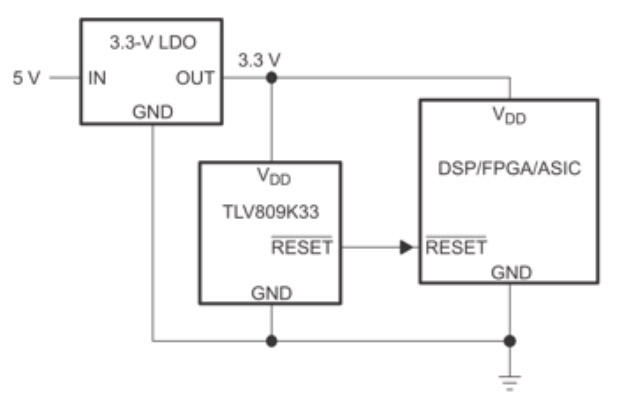Hello!
I am seeking a device that monitors Vcc and offers under voltage cut off or lock out. These are the only features I am interested in. I want to use this device in line with a separate device so that it would gate voltage to the separate device based on the under voltage threshold. Power for the system would be 5V at a maximum of 200ma. Is there such a device that does what I am looking for?
-Lucas Schulte



